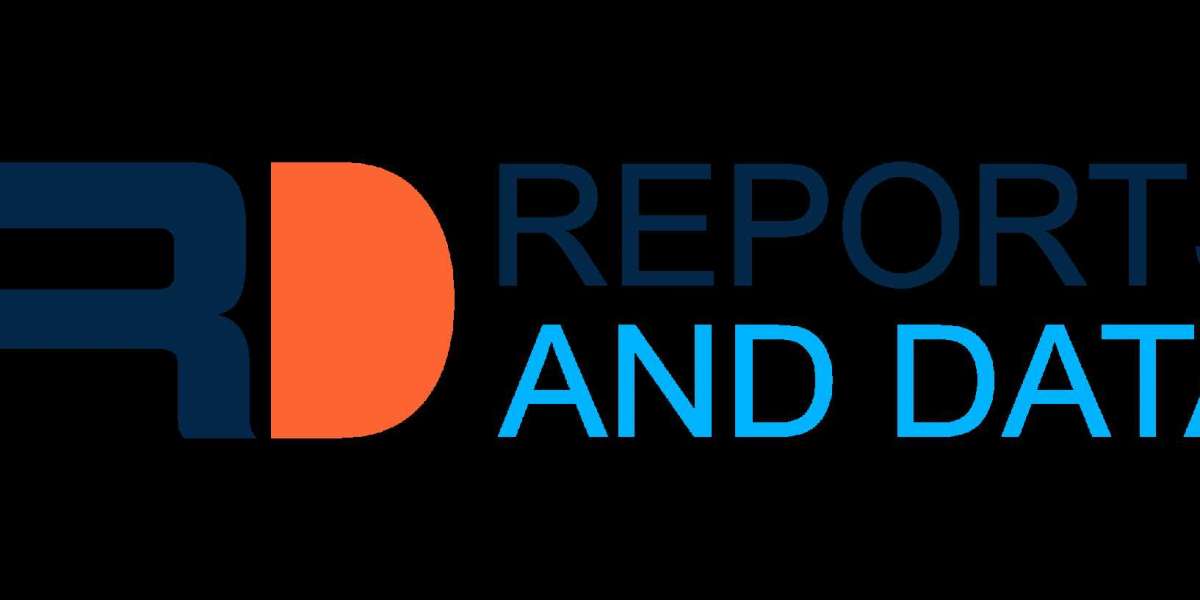Unlocking the Secrets of Conception: Your Ultimate Guide to Tracking Fertility!
Conception is a remarkable journey that many couples embark on with hope and excitement. However, understanding the intricacies of this process can significantly enhance the chances of a successful pregnancy. This is where the pregnancy conception chart comes into play. By tracking ovulation and fertility, prospective parents can gain insights into their reproductive health and identify the optimal times for conception. Beyond the biological aspects, the emotional journey of trying to conceive is equally important, filled with anticipation, anxiety, and joy. This guide aims to delve into the conception process, the utility of the pregnancy conception chart, and various factors that influence fertility, empowering you to take charge of your reproductive journey.

Understanding the Conception Process
The conception process is a complex interplay of biological events. It begins with ovulation, where a mature egg is released from the ovary, typically occurring around the midpoint of a woman's menstrual cycle. This is the prime time for conception, as the egg is viable for about 24 hours. Sperm, on the other hand, can survive in the female reproductive tract for up to five days, meaning that timing intercourse in relation to ovulation can greatly increase the chances of fertilization. Once sperm meets the egg in the fallopian tube, fertilization occurs, resulting in a zygote. This zygote then travels to the uterus, where it implants itself into the uterine lining, marking the beginning of pregnancy. Factors such as hormonal balance, overall health, and even emotional well-being can influence this process. A friend of mine shared her experience; after tracking her ovulation for several months, she realized that slight changes in her diet and stress management significantly improved her chances of conception.
The Pregnancy Conception Chart: What It Is and How to Use It
A pregnancy conception chart is a valuable tool for anyone looking to conceive. It provides a visual representation of the menstrual cycle, highlighting fertile days and ovulation. To use it effectively, one must record the start date of menstrual periods, the length of the cycle, and any symptoms experienced throughout. By analyzing this data, individuals can pinpoint their most fertile days—typically the days leading up to and including ovulation. The chart may also include basal body temperature readings, which tend to rise slightly after ovulation, providing additional insights. Understanding how to read this chart can demystify the conception process and give couples a sense of control over their fertility journey. Personally, I remember how my sister relied on a similar chart to track her cycles, which ultimately helped her identify the best times for conception, leading to the joyful news of her pregnancy.
Factors Affecting Fertility
Fertility is influenced by a multitude of factors that extend beyond the biological spectrum. Age is a crucial element; as women grow older, the quantity and quality of eggs decline, which can make conception more challenging. Lifestyle choices, such as smoking, excessive alcohol consumption, and poor diet, can also negatively impact fertility. Additionally, certain medical conditions like polycystic ovary syndrome (PCOS) or endometriosis can hinder the ability to conceive. Environmental factors, including exposure to toxins or pollutants, are gaining recognition for their potential impact on reproductive health. A holistic approach to fertility is essential; maintaining a balanced diet, regular exercise, and managing stress can foster a healthier reproductive system. I once spoke to a couple who shared how making lifestyle changes, such as incorporating yoga and a nutritious diet, improved their overall well-being and positively affected their fertility.
Tips for Effective Fertility Tracking
To maximize the effectiveness of the pregnancy conception chart, couples can combine it with other fertility tracking methods. Keeping a detailed record of menstrual cycles, along with symptoms like changes in cervical mucus and basal body temperature, can provide a comprehensive view of fertility patterns. Recognizing the fertile window—typically the five days leading up to ovulation—can optimize the timing of intercourse. It's also beneficial to maintain reproductive health by scheduling regular check-ups with a healthcare provider, discussing any underlying medical concerns, and considering preconception vitamins. A friend of mine shared that using a combination of a conception chart and ovulation predictor kits not only helped her identify her fertile days but also made the process of trying to conceive feel more organized and less stressful.
Empowering Your Journey to Parenthood
Understanding the conception process is essential for anyone looking to start a family. By utilizing the pregnancy conception chart, individuals can gain valuable insights into their fertility, helping them to identify optimal times for conception. The journey to parenthood can be filled with its challenges, but being proactive and informed can empower couples to navigate this path with confidence. Remember that every journey is unique, and it's important to approach this exciting time with patience and openness. With the right knowledge and tools at hand, you can take meaningful steps toward achieving your dream of parenthood.


